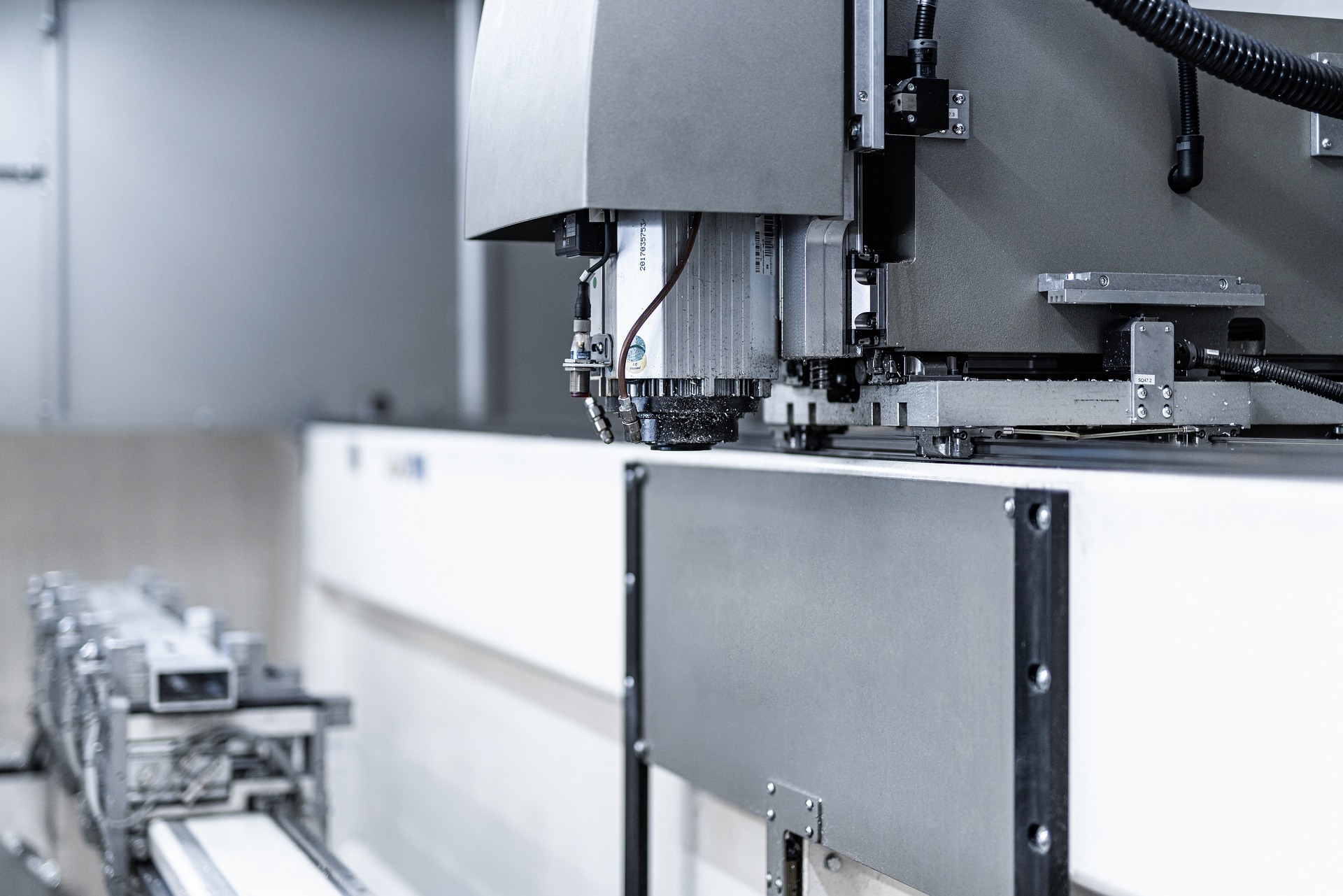The Future of Fabrication: How Laser Welding Machines Revolutionize Manufacturing
Manufacturing industries across Italy and Europe are witnessing a technological transformation that's reshaping how products are made. Laser welding machines represent one of the most significant advances in fabrication technology, offering unprecedented control, speed, and quality in joining materials. These sophisticated systems use focused laser beams to create precise, strong welds across various materials, from automotive components to delicate electronics. As manufacturers seek competitive advantages through improved quality and efficiency, laser welding technology has emerged as a game-changing solution that addresses traditional welding limitations while opening new possibilities for innovation.

Precision in Every Weld
Laser welding machines deliver exceptional accuracy that traditional welding methods struggle to match. The concentrated laser beam creates a heat-affected zone that’s significantly smaller than conventional welding techniques, resulting in minimal material distortion and superior joint quality. This precision proves particularly valuable in industries requiring exact specifications, such as aerospace, medical device manufacturing, and electronics production.
The technology allows operators to control beam diameter, power output, and pulse duration with remarkable accuracy. Modern laser welding systems can achieve weld widths as narrow as 0.1 millimeters, making them ideal for delicate applications where material integrity is crucial. Italian manufacturers in sectors like luxury automotive and precision machinery have increasingly adopted these systems to maintain their reputation for quality craftsmanship.
Speeding Up Production
Production efficiency represents another significant advantage of laser welding technology. These machines operate at considerably higher speeds than traditional welding methods, with some systems capable of welding at rates exceeding several meters per minute. The rapid heating and cooling cycles characteristic of laser welding reduce overall processing time while maintaining consistent quality standards.
Automated laser welding systems can operate continuously with minimal human intervention, substantially increasing throughput. The technology integrates seamlessly with computer-controlled manufacturing systems, enabling precise repeatability across large production runs. This automation capability has proven particularly beneficial for manufacturers dealing with high-volume orders while maintaining strict quality requirements.
Eco-Friendly Manufacturing
Environmental considerations play an increasingly important role in modern manufacturing decisions, and laser welding machines offer several ecological advantages. The process generates minimal waste compared to traditional welding methods, as the precise heat application reduces material consumption and eliminates the need for additional consumables like welding rods or flux.
Energy efficiency represents another environmental benefit. While laser welding machines require initial power input, their focused energy delivery and reduced processing times often result in lower overall energy consumption per weld. Additionally, the clean welding process produces fewer harmful emissions, contributing to improved workplace air quality and reduced environmental impact.
Unleashing Creativity
The versatility of laser welding technology opens new possibilities for innovative product designs and manufacturing approaches. Designers can create complex geometries and join dissimilar materials that would be challenging or impossible with conventional welding techniques. This flexibility has enabled manufacturers to develop lighter, stronger, and more aesthetically pleasing products.
The technology accommodates various material combinations, including metals with different melting points, thickness variations, and even some non-metallic materials. This capability allows engineers to optimize material selection based on specific performance requirements rather than welding limitations, leading to more innovative and efficient product designs.
| Machine Type | Provider | Power Range | Typical Applications | Cost Estimation (EUR) |
|---|---|---|---|---|
| Fiber Laser Welder | Trumpf | 1-6 kW | Automotive, Electronics | 80,000 - 250,000 |
| CO2 Laser Welder | Bystronic | 2-8 kW | Heavy Industry, Construction | 60,000 - 180,000 |
| Handheld Laser Welder | Raycus | 1-2 kW | Small Parts, Repairs | 15,000 - 45,000 |
| Automated Laser Cell | IPG Photonics | 3-10 kW | High-Volume Production | 200,000 - 500,000 |
Prices, rates, or cost estimates mentioned in this article are based on the latest available information but may change over time. Independent research is advised before making financial decisions.
The investment in laser welding technology varies significantly based on power requirements, automation level, and specific application needs. Entry-level handheld systems suitable for small workshops start around 15,000 euros, while high-power automated systems for industrial applications can exceed 500,000 euros. Many Italian manufacturers find that the improved quality, reduced rework, and increased production speeds justify the initial investment within two to three years.
Embracing the Future
Laser welding machines represent a fundamental shift in manufacturing capabilities, offering precision, speed, and environmental benefits that traditional methods cannot match. As Italian manufacturers continue to compete in global markets, adopting these advanced technologies becomes increasingly important for maintaining competitive advantages.
The technology’s continued evolution promises even greater capabilities, with developments in artificial intelligence, improved beam quality, and enhanced automation systems. Manufacturers who embrace laser welding technology today position themselves advantageously for future market demands while immediately benefiting from improved quality, efficiency, and design flexibility. The transformation of fabrication through laser welding is not just a future possibility but a present reality reshaping manufacturing across industries.




